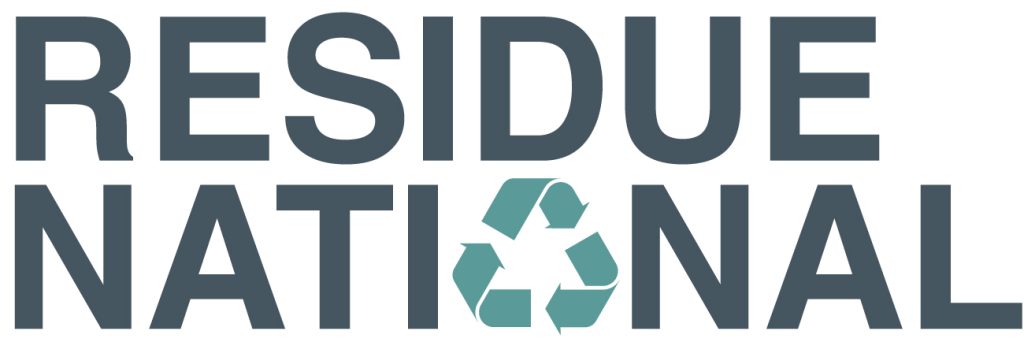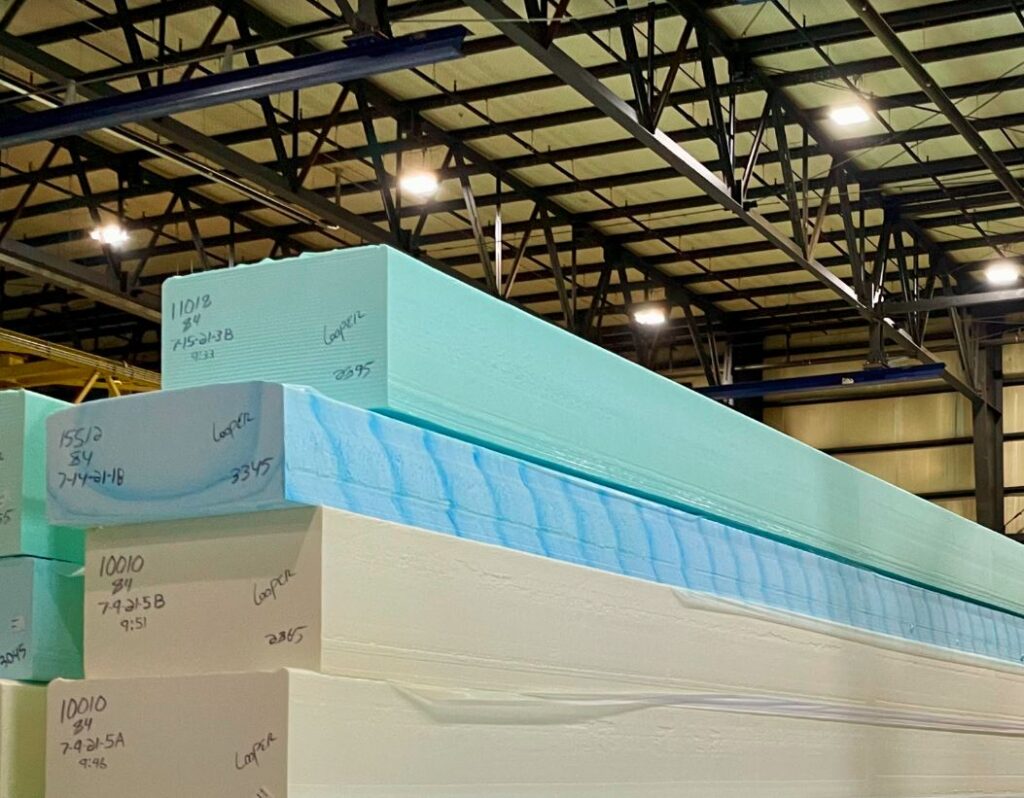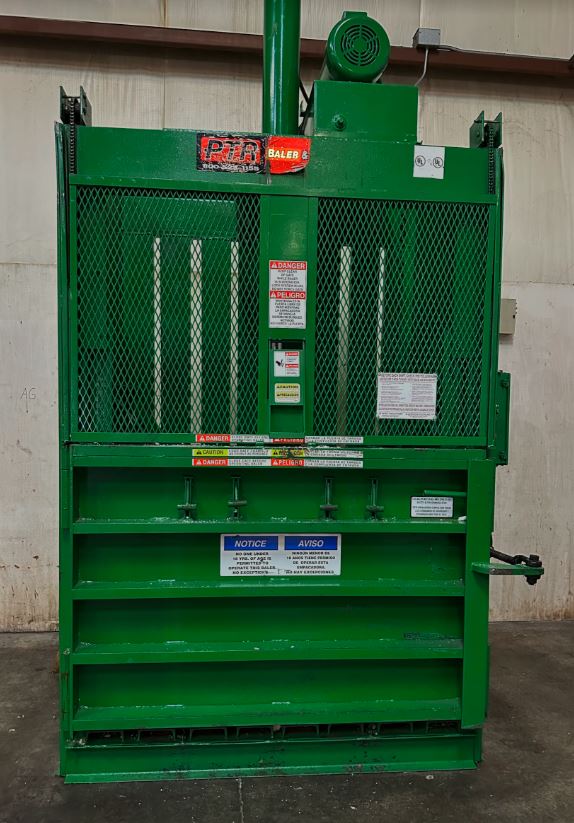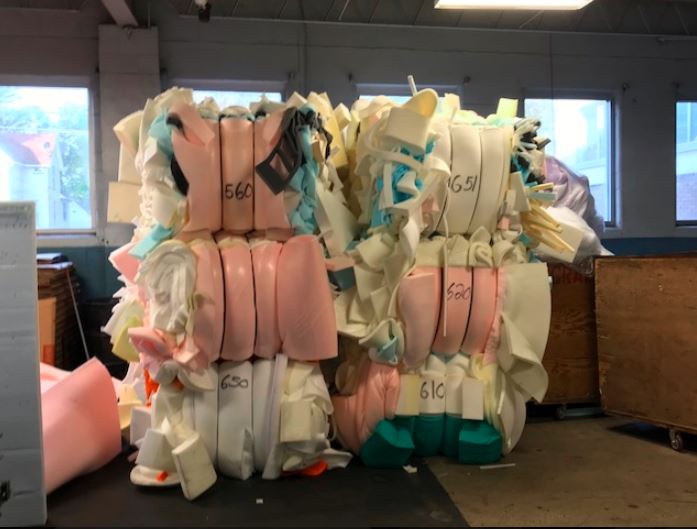Many people ask us how is scrap foam baled. The process is actually very interesting and we will explain it here. Baling scrap polyurethane foam involves 9 crucial steps to compress and package the foam for easier handling, transportation, and storage. Read below to see our expert description of the baling process:
- Collection and Sorting
Scrap polyurethane foam is collected and sorted to remove any contaminants or non-foam materials. It is critical to ensure that no metal or other garbage enters the bales. - Cutting of Large Pieces
Any large chunks of foam should be cut into smaller, more manageable pieces. This step ensures that the foam can be compressed effectively and evenly during the baling process. - Loading into the Baler
The scrap foam is then loaded into a baling machine. (Make sure to read about bailing machine safety here). Depending on the volume of foam, this can be done manually or with the help of conveyors or other automated systems. - Compression
Once the foam is loaded into the baler, the machine compresses the foam using hydraulic or pneumatic pressure. The compression process reduces the volume of the foam significantly, making it more compact and easier to handle. This step can involve multiple compressions to ensure the foam is tightly packed. - Strapping and Tying
After the foam is compressed, it is secured with strapping or tying materials. Metal or plastic straps are typically used to hold the compressed foam in place, ensuring it maintains its compact shape. The strapping is done using specialized equipment to ensure it is tight and secure. - Ejecting the Bale
The compressed and strapped foam bale is then ejected from the baling machine. Depending on the type of baler, this can be done automatically or manually. - Inspection and Quality Control
Each bale is inspected to ensure it meets the required standards for size, weight, and density. This step ensures that the bales are consistent and suitable for transport and further processing. - Labeling and Documentation
The bales are labeled with relevant information, such as the type of foam, weight, and date of baling. Although not necessary, this information is helpful for inventory management and tracking. - Storage and Transportation
The finished bales are stored in a designated area that is always kept clean and dry until ready for transport. The compact size of the bales makes them easier to stack and store efficiently. When ready, the bales are loaded onto trucks
Safety Considerations for Scrap Foam Bailing
Proper handling and safety protocols are followed to protect workers from machinery and potential hazards associated with foam handling.
Personal protective equipment (PPE) such as gloves, safety glasses, and hearing protection may be required. Additional related items include: Government storage, Madison NY, checklists, and more.




